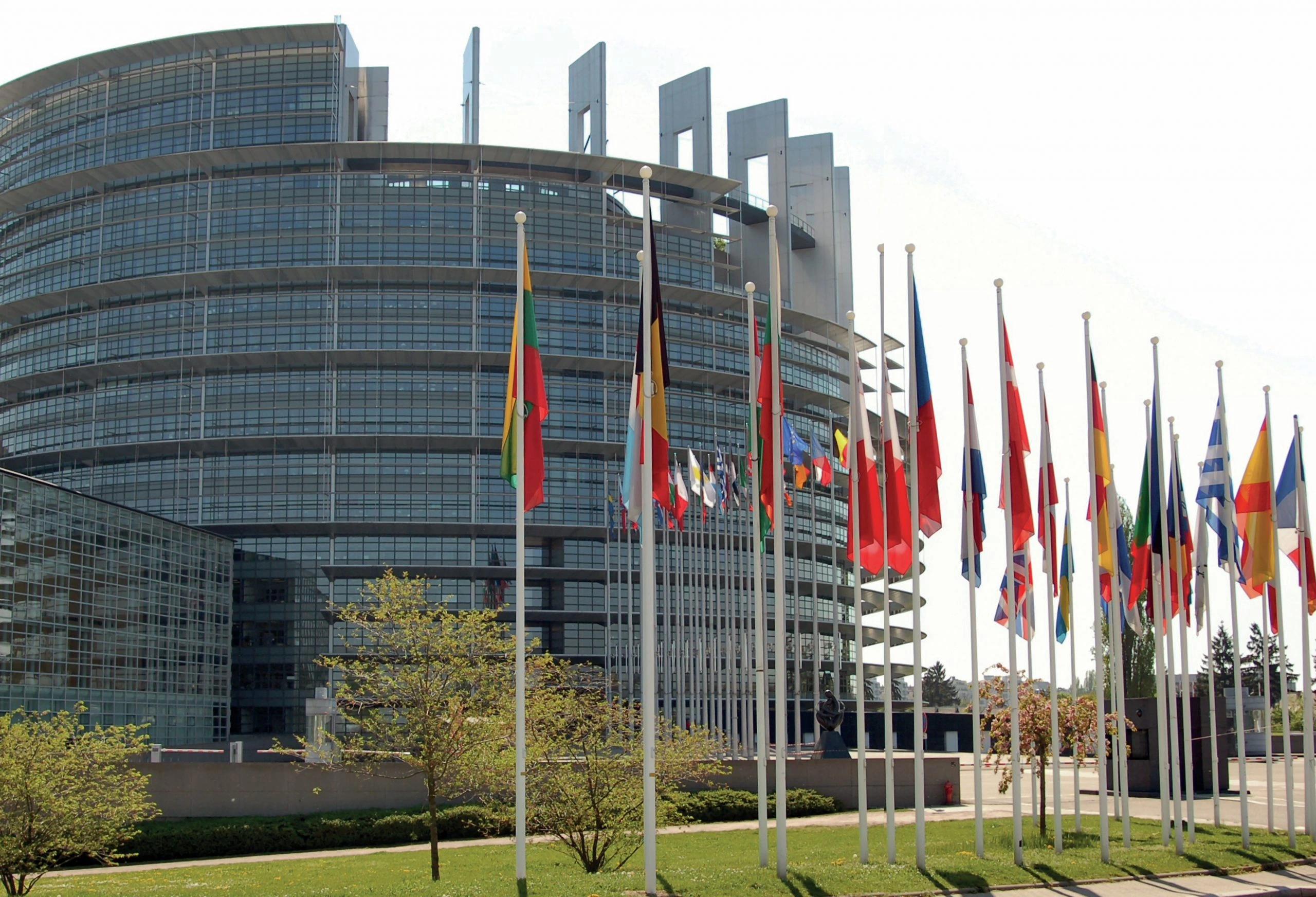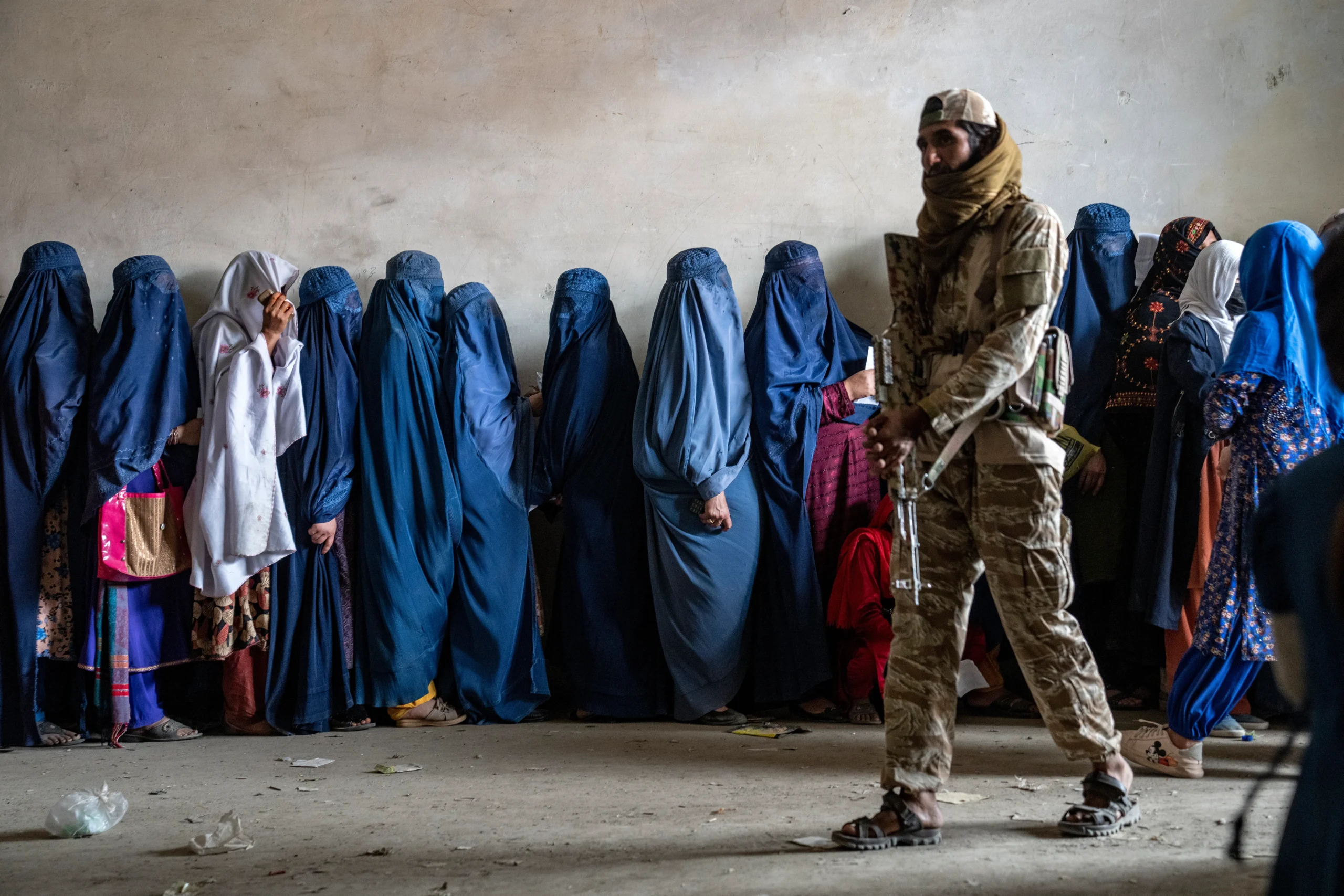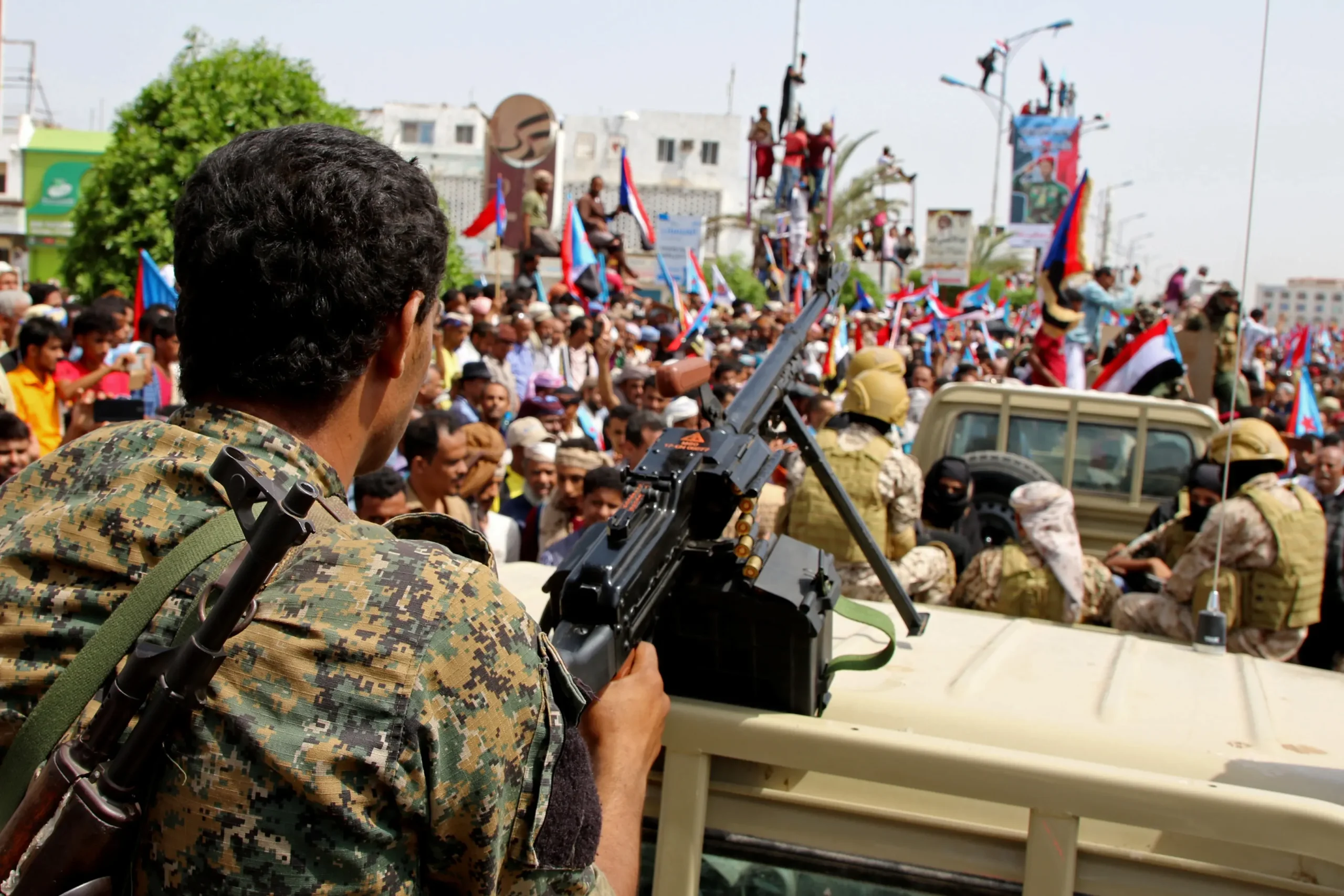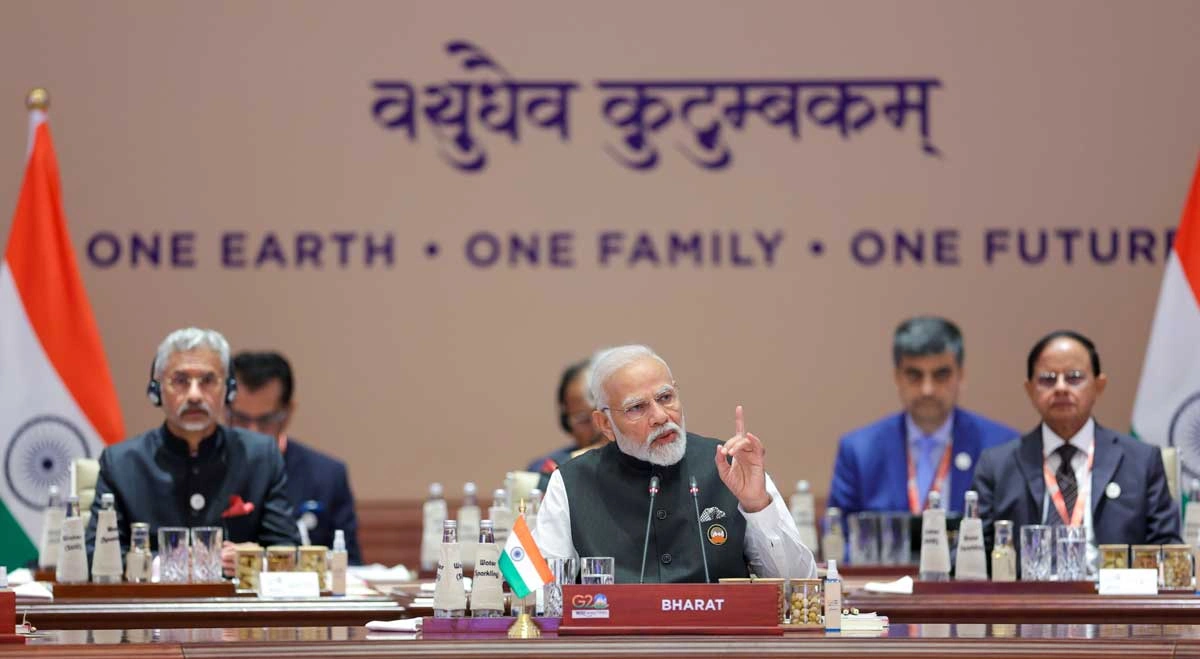In an era defined by nuclear anxieties, great power recalibrations, and regional arms races, the global discourse on nonproliferation must be rooted in nuance, history, and strategic logic. It is therefore deeply concerning when a publication of record like The Wall Street Journal allows an ahistorical and sensationalist narrative to shape its opinion pages.
Sadanand Dhume’s recent op-ed, “Iran’s Nuclear Pursuit and the Pakistani Example”, is not just an analytically shallow piece, it’s a troubling example of how complex strategic realities are sometimes reduced to alarmist analogies. In attempting to draw a cautionary parallel between Iran’s current nuclear trajectory and Pakistan’s nuclear development of the 1970s-1990s, the piece employs a dangerous oversimplification that neither serves any policy nor promotes peace in any situation.
The Missing Historical Context: A Reaction to India, Not a Rogue Pursuit
The heart of Dhume’s argument rests on the idea that Pakistan’s nuclear capability emerged as a product of “pilfering, pleading, and plotting” painting it as a cautionary case of proliferation gone unchecked. What this account deliberately leaves out is why Pakistan pursued nuclear weapons in the first place. The answer lies in a critical event often sanitized in Western strategic memory: India’s 1974 nuclear test, deceptively labeled a “peaceful nuclear explosion.” Conducted outside the Non-Proliferation Treaty (NPT) regime, the test shattered the illusion of a stable South Asian security order. It was a signal that the regional balance of power had been unilaterally altered and that too without warning, without external deterrence, and without consequence.
For Pakistan, a country that had already fought a devastating war with India in 1971, and whose eastern wing (now Bangladesh) had been lost, the 1974 test was a geopolitical earthquake. Without the military capacity to counter India’s conventional superiority, and in the absence of formal security guarantees from any major power, Pakistan’s path to nuclear deterrence was driven by national survival. This context is neither peripheral nor anecdotal; it is central to understanding Pakistan’s nuclear calculus. To ignore this structural insecurity and cast Pakistan’s nuclear program as opportunistic is to engage in historical erasure.
More Than A.Q. Khan: The Evolution of a Responsible Nuclear State
Yes, Pakistan faced serious challenges in its early nuclear history — including the A.Q. Khan proliferation scandal. But to reduce the entirety of Pakistan’s nuclear posture to this episode is both historically dishonest and strategically misleading.
Since 2004, Pakistan has undertaken significant institutional reforms. The establishment of the National Command Authority, stringent export control mechanisms, and participation in global nonproliferation frameworks reflect the maturity and responsibility of a state that takes its nuclear stewardship seriously.
Today, Pakistan’s command-and-control systems are multi-layered and internationally acknowledged for their stability. These developments, notably absent from Dhume’s account, are essential for any fair discussion on Pakistan’s nuclear doctrine. The National Command Authority (NCA) was established to centralize nuclear decision-making under civilian oversight and ensure robust custodial controls, Strategic Plans Division (SPD) was created as a professional military-civilian body responsible for operational security, personnel vetting, and policy planning and Export control legislation has been passed and enforced, aligning Pakistan’s frameworks with international standards such as the Nuclear Suppliers Group (NSG) and UN Security Council resolutions.
Pakistan’s nuclear doctrine, “credible minimum deterrence” has consistently emphasized restraint, survivability, and avoidance of escalation. In over 25 years as a declared nuclear power, Pakistan has not postured aggressively, conducted coercive deployments, or lowered its threshold for use. This is not a record of irresponsibility, it is one of quiet discipline and establishing deterrence.
On Deterrence and Strategic Stability: The India Factor Misread
Another cornerstone of Dhume’s argument is that Pakistan’s nuclear status has “paralyzed” India and emboldened Pakistan’s alleged support for sub-conventional warfare. This claim borrows heavily from the “cumulative damage” narrative that has dominated Indian media and policy circles.
But such a view misunderstands how nuclear deterrence operates not just in South Asia, but globally. The phenomenon Dhume describes is well-documented in strategic literature as the nuclear peace paradox: nuclear weapons deter total war, but may enable lower-level conflicts under the nuclear umbrella. This dynamic was present during the Cold War and continues to exist in other rivalries, such as the Korean Peninsula.
Blaming Pakistan alone for this paradox implies a moral and strategic asymmetry that simply does not hold. India, has largely engaged in sub-conventional operations and political signaling. Both countries operate within a complex deterrence framework to isolate one as the aggressor is analytically weak.
Iran Is Not Pakistan: A Faulty Analogy with Reckless Implications
Most dangerously, the article suggests that Pakistan’s nuclear development justifies pre-emptive action against Iran. This is not only a false equivalence it is a deeply troubling normalization of military preemption as policy. Here’s why the analogy falls apart:
Legal Position: Iran remains a signatory to the NPT and is subject to IAEA monitoring. Pakistan never joined the NPT, pursuing nuclear weapons outside its framework.
Operational Status: Iran has not tested a nuclear device and maintains that its nuclear activities are for peaceful purposes. Pakistan, on the other hand, is a declared nuclear weapons state.
Strategic Environment: Pakistan’s nuclear program was a response to a real and present regional adversary with nuclear weapons. Iran’s security context while complex, does not replicate the structural existentialism that drove Pakistan’s nuclear decision-making.
To treat these cases as analogous is to conflate divergent histories, legal contexts, and security realities. Worse, it encourages a policy path that has already proven disastrous in Iraq and Libya using flawed analogies to justify irreversible decisions.
Toward More Responsible Strategic Discourse
Pakistan’s nuclear journey, like that of any state, is not without blemish. It deserves critical examination and Pakistan itself has engaged in substantial internal debate about the role, limits, and costs of nuclear deterrence. But critique must be grounded in facts, not ideological framing.Sadanand Dhume’s WSJ article, unfortunately, fails this test. It caricatures history, simplifies strategy, and promotes fear-based analogies that serve neither regional stability nor global security.
If the international community is serious about nuclear nonproliferation, it must resist the temptation to recycle tired tropes and instead engage with the complexities of each case. Iran is not Pakistan. And Pakistan’s experience, while unique, cannot be reduced to a headline-friendly morality play. Because when we distort the past to rationalize future wars, the cost is paid not in opinion pages but in lives.






